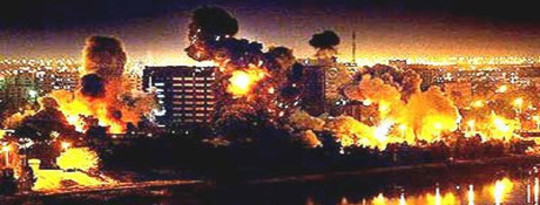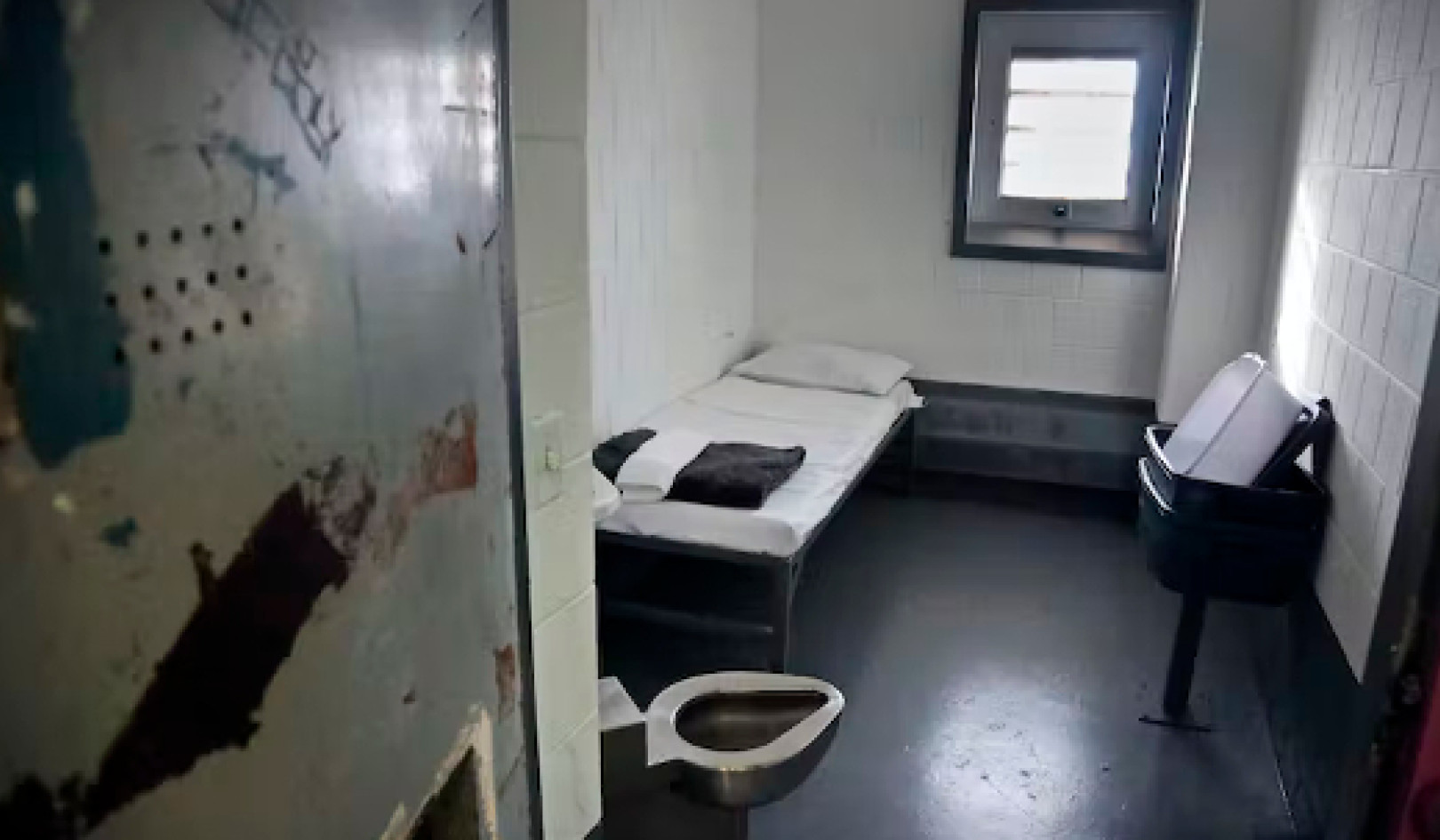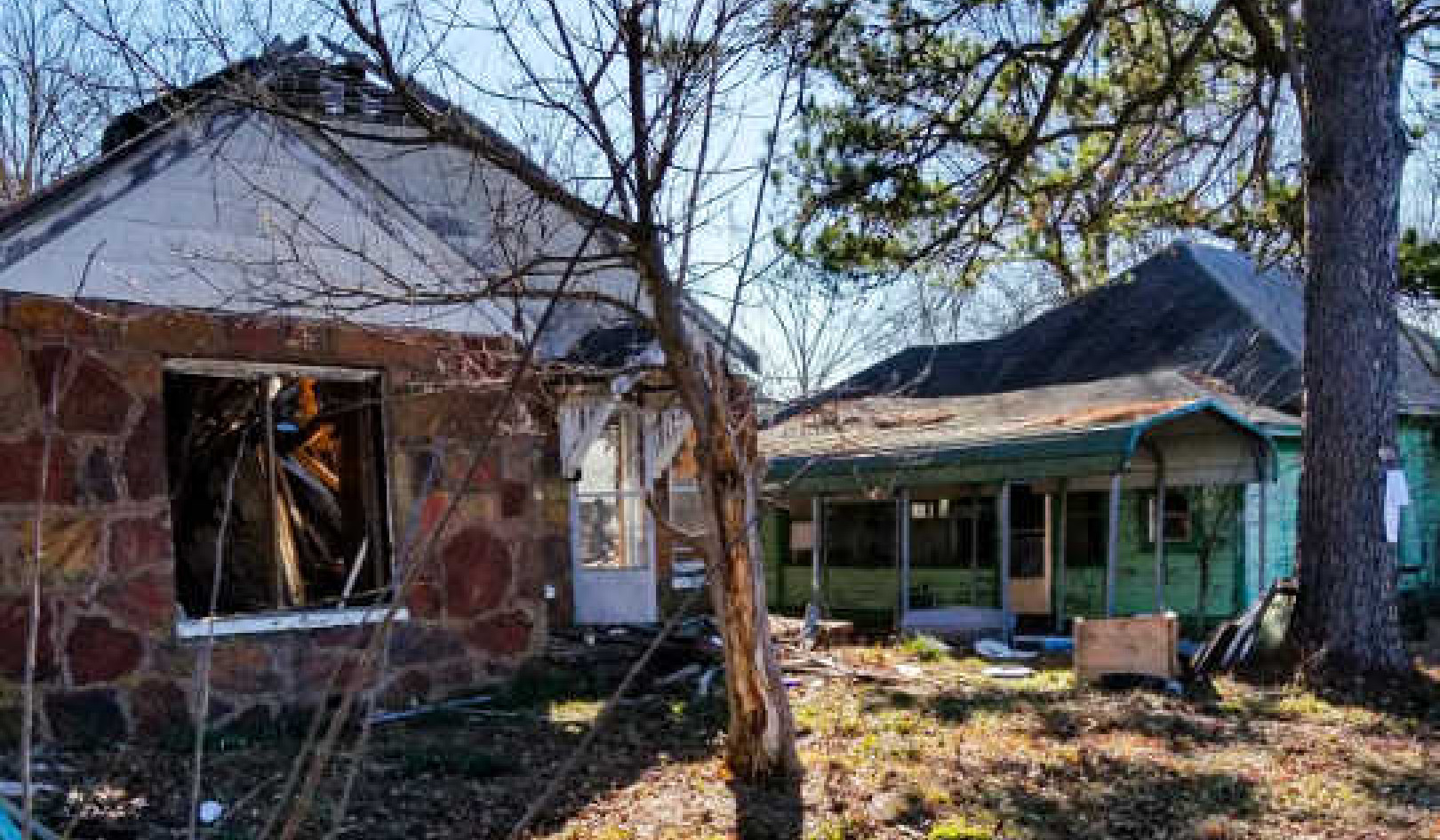
During the occupation of Iraq, the city of Fallujah bore witness to some of the most intense US combat operations since Vietnam, with 2004’s Operation Phantom Fury widely condemned for its ferocity and disregard for international law.
Paediatrician Dr Samira Al’aani has worked in the city since 1997. In 2006 she began to notice an increase in the number of babies being born with congenital birth defects (CBD). Concerned, she began to log the cases that she saw. Through careful record keeping she has determined that at Fallujah General Hospital, 144 babies are now born with a deformity for every 1000 live births. This is nearly six times higher than the average rate in the UK between 2006 and 2010, and one strong suspicion is that contamination from the toxic constituents of munitions used by occupying forces could be the cause. Now a new nationwide study by the Iraqi Ministry of Health, in collaboration with the World Health Organisation, has the potential to catalyse efforts to understand and confront the issue, but only if science can be allowed to rise above politics.
The politicisation of health research in Iraq has deep roots. In April 2001, plans were beginning to be put in place for a framework agreement between the WHO and Iraqi government that was intended to establish projects aimed at improving public health care in the country. Among the projects were plans to improve the recording and registration of cancers and congenital malformations, and efforts to identify substances in the environment that might be responsible for the increases in those diseases reported since the 1991 Gulf War. Controversially for some states, depleted uranium from US and UK munitions was among the environmental risk factors to be investigated.
After six months, the plans were in disarray. While Baghdad had initiated the project, after consultation the WHO had announced that any costs associated with the projects would need to be borne by Iraq itself. "None of these projects can really start until funding has been found for them, and funding, it has been agreed, will be at the Iraqi initiative," said Neel Mani, incoming director of the WHO's Iraq programme at the time. The Iraqi government, convinced that the health problems had been caused by the 1991 Gulf War and were thus the fault of the US and its allies, refused to cooperate. Political concerns had trumped the needs of the Iraqi people.
The United States has long been the WHO’s largest single state donor and the institution has not been free of the criticism directed at other international bodies, such as the World Bank, in recent years that it is disproportionately influenced by its largest patron. The reality is that vast sums of money are involved and state donors have been keen to see returns that are consistent with their interests and principles, whether this is protection of Big Pharma’s intellectual property rights or promoting neoliberal approaches to health care provision. Yet in order to be effective the WHO must be, and be seen to be, genuinely independent. The WHO’s governing body, the World Health Assembly, reopened the issue of reform back in 2009 but progress has been slow, particularly as different parties are pushing the reform agenda in different directions.
When the WHO announced in 2011 that it was to work with Iraq’s Health Ministry on a nationwide study to assess the rates and geographic spread of CBDs in the country, optimism began to build that this could be a significant first step in the long path towards reducing harm and providing assistance to affected families. Prior to the announcement, studies into rates had been limited in scope to a single hospital, and questions were raised about their methodology. Taken in isolation these studies were insufficient to generate the political will for action. Additionally, concerns were expressed over Iraq’s internal bureaucracy and power struggles after researchers reported that medical staff were being pressured into not speaking out. Gradually, hopes began to fade that effective research would ever see the light of day.
From the outset, phase one of the project was never due to consider causality – a fact that has drawn criticism from some quarters. Its original aim was to gather baseline data from selected districts and analyse spatial and temporal trends in the incidence of CBDs. Progress on the project was slow, with data collection hit by repeated delays, but during 2012 the WHO, which had posted a FAQ on the project in response to growing interest from the public and media, announced that: “The data collection process has been recently completed and the results are being analysed by the Ministry of Health and WHO. The data analysis process will conclude at the end of 2012 following which time the report writing process will start.”
The FAQ was notable in that it pre-empted questions on causality. Of these the possible link between depleted uranium use and CBD rates was covered; the tone was exasperated: “Is the study looking at a possible link between prevalence of child birth defects and the use of depleted uranium? No, absolutely not. The study is only looking at the prevalence of congenital birth defects in selected governorates.”
This was understandable, the term birth defect covers a diverse spectrum of disorders; causes include single gene defects, chromosomal disorders, multi-factorial inheritance, environmental teratogens, maternal infections such as rubella and micronutrient deficiencies. Amidst the wreckage of post-war Iraq, there was no shortage of potential risk factors.
In March 2013, BBC World broadcast a documentary on the story. As with other media reports, Born Under A Bad Sign visited the hospitals and spoke with parents and doctors – all of whom were convinced that the health problems they were witnessing were linked to the war. Journalist Yalda Hakim took this up with staff from the Ministry of Health and was able to discuss the CBD data with them. Although nervous, and reluctant to provide too many answers, citing political pressure, they confirmed that the study would find a link between increased incidence of CBDs and areas subject to the most intense fighting in 2003.
If true, this is a hugely significant and profoundly political outcome, and while it doesn’t identify a single causal factor for the increase in CBD rates, it narrows the field considerably. While the long-term impact of explosive remnants of war such as landmines and cluster bombs are familiar to most, questions are increasingly being asked about the public health legacy of toxic remnants of war. While the two most notorious examples are depleted uranium and the dioxin contaminated Vietnam-era herbicide Agent Orange, an analysis of commonly used military substances – from heavy metals to explosives - demonstrates significant potential for harm from a range of materials.
Unfortunately data on the toxicity, environmental behaviour and dispersal of these substances is limited as militaries have often only undertaken research into the effects on their own troops or when faced by domestic regulations over emissions from firing ranges. This lack of data and the unpredictability of conflict means that accurately predicting the risk to civilians is enormously challenging. That no system of comprehensive post-conflict environmental assessment exists will ensure that many of these data gaps will remain.
Broadcast of the BBC report in March was followed by updates to the WHO’s FAQ. Gone was the petulant ‘No, absolutely not’ from the line on depleted uranium and the first of a series of procedural delays was announced as committees were formed and new analyses proposed. For campaigners seeking disclosure of the data as a first step towards focused research and humanitarian assistance in Iraq, the delays were worrying.
By July, further delays were announced, with the WHO’s FAQ stating: “It was established that this large data set has a great deal of potentially valuable information and that additional analyses not originally conceived of should be done.” The WHO added that: “…in addition to further analyses, it was determined the work should also undergo the scientific standard of peer review. A team of independent scientists is now being recruited to review the planned analyses.”
The political ramifications of the study are obvious and, while the alterations to the project may be scientifically justified on the basis of the dataset, it was felt that the best way to ensure confidence in the findings was to call for the study and analyses to be subject to genuinely independent and transparent peer review in an open-access journal. The WHO has used open-access journals in the past so the request is not without precedent. Crucially, any experts involved would be selected independently of the WHO.
So how can civil society and individuals influence an organisation as monolithic and apparently compromised as the WHO? On the 31st July, Dr Al’aani launched an online petition through Change.org (with the associated twitter hashtag of #Act4Iraq) calling for the WHO to immediately publish the collected data for independent peer review, so that scientific conclusions can be drawn and the affected parents can finally understand what has happened to their children. For them, and for Dr Al’aani, the unfolding health crisis concerns far, far more than a debate over numbers and statistics. For those of us who are citizens of the states that invaded Iraq, it is vital to understand whether we carry a share of responsibility for those parents’ suffering, and to demonstrate to Iraqis that the world has not forgotten about their country.
About The Author
Doug Weir is the Coordinator of the International Coalition to Ban Uranium Weapons and manages the Toxic Remnants of War Project, which explores the link between conflict toxics and civilian and environmental harm.
The originally appeared in New Left Project






















